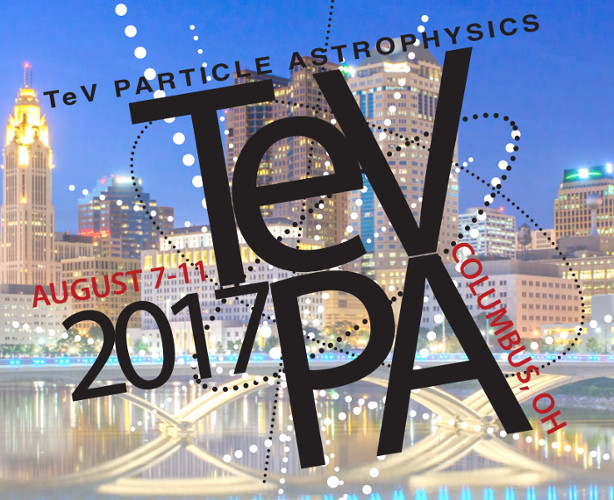Speaker
Description
The nature of dark matter (DM) remains one of the fundamental questions in cosmology. Axions are one of the current leading candidates for the hypothetical, non-baryonic DM. Especially in the light of LHC slowly closing in on WIMP searches, axions and axion-like particles (ALPs) provide a viable alternative approach to solving the dark matter problem. The fact that makes them very appealing is that they were initially introduced to solve a long-standing QCD problem in the Standard Model of particle physics.
Helioscopes are searching for axions produced in the core of the Sun via the Primakoff effect. The International Axion Observatory (IAXO) is a next generation axion helioscope aiming at a sensitivity to the axion-photon coupling of 1 - 1.5 orders of magnitude beyond the currently most sensitive axion helioscope (CAST). IAXO will be able to challenge the stringent bounds from SN1987A and test the axion interpretation of anomalous white-dwarf cooling. Beyond standard axions, this new experiment will be able to search for a large variety of ALPs and other novel excitations at the low-energy frontier of elementary particle physics. Mini-IAXO is proposed as a small pilot experiment increasing the sensitivity to axion-photon couplings down to a few 10$\times$11 GeV$^{-1}$. This contribution will introduce the IAXO and mini-IAXO experiments and outline the expected science reach.
This work was performed under the auspices of the U.S. Department of Energy by Lawrence Livermore National Laboratory under Contract DE-AC52-07NA27344.




